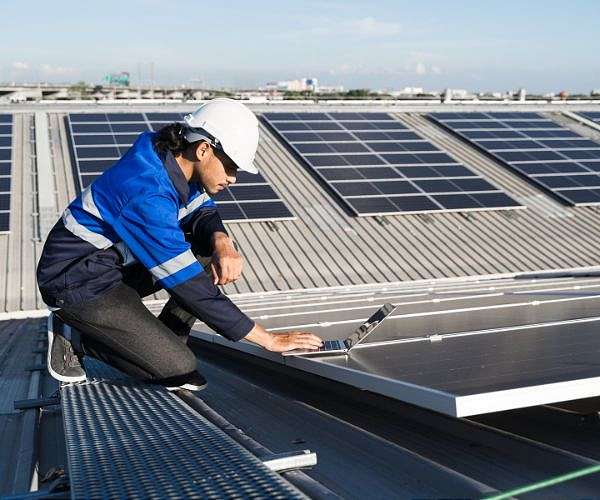Fotovoltaic roofs can deliver more than a third of the Vitoria Gastseiz energy needs
In a new study by the University of the Basque Country (UPV/EHU), researchers discovered that solar installations on the roof in Vitoria-Gasteiz can provide up to 38% of the annual electricity consumption of the city. The analysis emphasizes photovoltaic systems on the roof as an important strategy for renewable energy for urban low -carbon, especially when the availability of soil is limited.
The research assessed the energy potential of roofs in the capital of Alava Araba and concluded that half of the total roof area is viable for solar installations. “In contrast to large -scale photovoltaic projects in national zones, we wanted to understand the ability of already urbanized environments, so that further effects of land use are avoided,” said lead researcher Alex Tro.
An important progress in this study is the use of a new high-precision methodology developed by Ekopol at UPV/EHU. This approach uses open-source geographical information systems (GIS) software to potentially assess the roof using detailed local data instead of general assumptions. The tool contains variables such as building orientation, shade, tilting, solar radiation, ambient temperatures and the projected efficiency and lifespan of photovoltaic panels.
In contrast to standard assessments that are exclusively aimed at economic returns, the research introduces a filter for viability of energy based on energy return on investments (eroi). This ensures that only roofs are able to generate more energy than consumed during panel installation and effect as viable. “This innovative criterion enables us to exclude technical but energetically inefficient installations,” explained TO.
The findings also show that the potential of solar generation is considerably higher on the edge of the city, where roofs are less impeded by surrounding buildings. Central areas, closed with high structures, are greater challenges due to shadow and spatial limitations.
The methodology, which uses publicly accessible data, is designed to be easily replicated for urban energy planning in other cities. It calculates the potential for solar output to every square meter from the roof area and offers a practical planning tool for municipalities and energy agencies.
Tro emphasized that although photovoltaic roof offers meaningful contributions, they are not an isolated solution. “Even under ideal implementation scenarios, roofs on solar energy cannot meet the current requirements of urban energy. Real progress will also require systemic changes, such as the shifting of consumer habits and embracing an eco-social transition,” he said.
Research report:A methodology for assessing photovoltaic potential on the roof using GIS Open-source software and the EROI restriction

